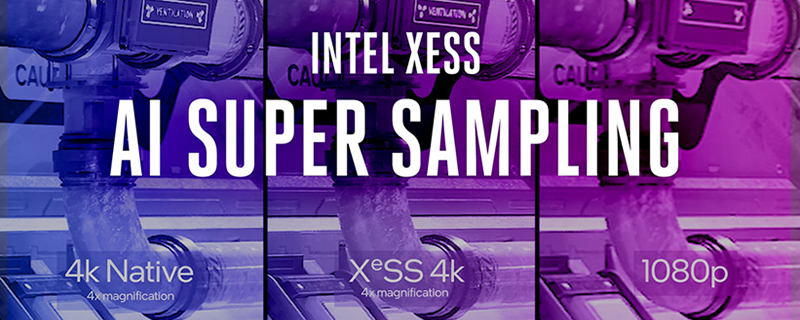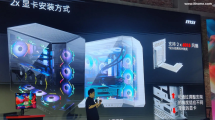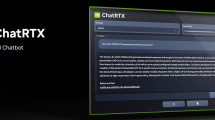If you were to continuously look at the development of Intel’s temporary upscaling technology, known as XeSS, you could definitely see noticeable progress. Apparently, a new version was recently released in conjunction with the current Software Development Kit (SDK). It can be assumed that this update contains a freshly revised libxess.dll file, which was compiled on July 27 and which is probably called version 1.2.0.13. The potentially related new features and improvements could well have significant implications for the gaming world.
Intel’s XeSS 1.2 could therefore not only continue the evolution of this technology, but also distinguish itself with a possible considerate attention to backwards compatibility. It is assumed that the latest version will be able to work seamlessly with the previous editions, XeSS 1.0 and 1.1. This potential compatibility could be a well-considered strategic decision to enhance the user experience and facilitate the adoption of the new version. Although there is no official confirmation as of this writing, it could be possible that the option to replace files with DLLs for certain games will continue to work after the fact, which could be welcome news for existing users.
A notable highlight of this update could be the integration of dynamic resolution scaling. This feature would have the potential to take the gaming experience to a new level. Namely, with this dynamic resolution scaling, a game could adjust the resolution in real time to ensure the smoothest performance possible. This would be especially beneficial in situations where the hardware reaches its performance limits and the frame rate plummets. Thanks to the ability to dynamically adjust the resolution, gamers would thus be able to enjoy a more stable and enjoyable gameplay without overly limiting the visual quality.
Intel’s XeSS will be open-source and cross-platform with good performance across the board. Stay tuned, it’s coming soon
— Anton Kaplanyan 🫖 (@Kaplanyan) October 17, 2021
Potential improvements in stability and performance could be another positively salient feature of XeSS 1.2. In many cases, updates and upgrades to software could aim to fix problems and optimize overall performance. The explicit mention of these improvements in the official changelog could indicate that Intel is not only aiming to introduce new features, but is also concerned with providing a possibly high-quality gaming experience. The factors stability and performance could be decisive for whether a technology is accepted by the community or not. It appears that Intel is aware of this importance and may be working hard to ensure the best possible performance.
Source: Intel

































3 Antworten
Kommentar
Lade neue Kommentare
Mitglied
Urgestein
Veteran
Alle Kommentare lesen unter igor´sLAB Community →